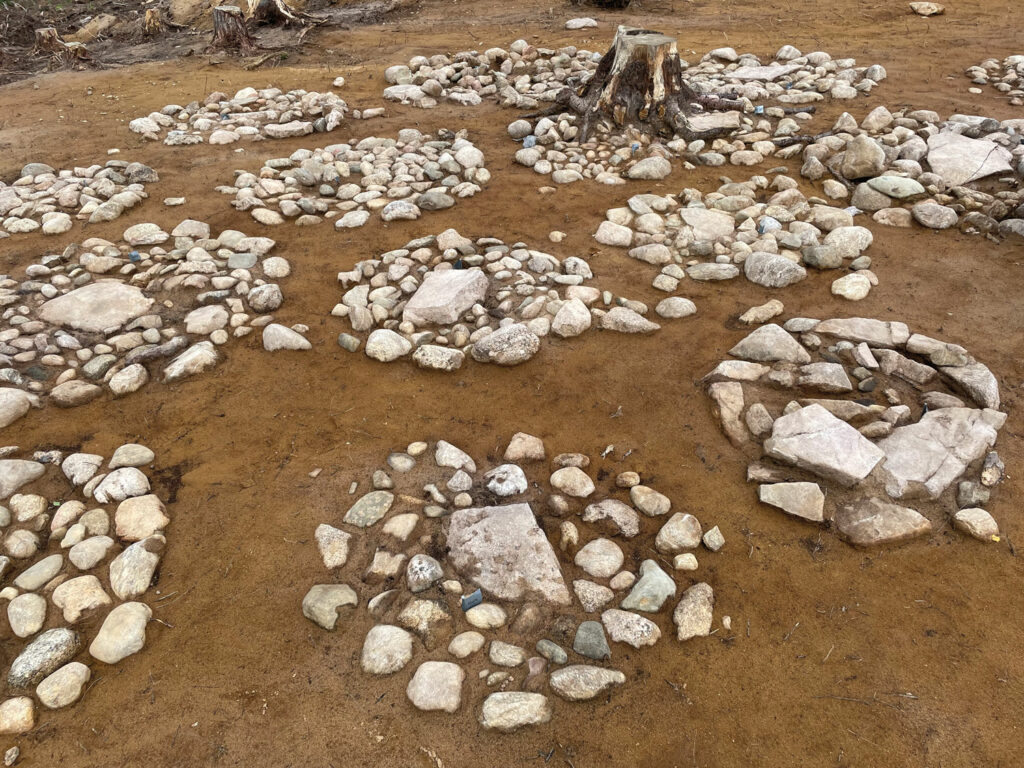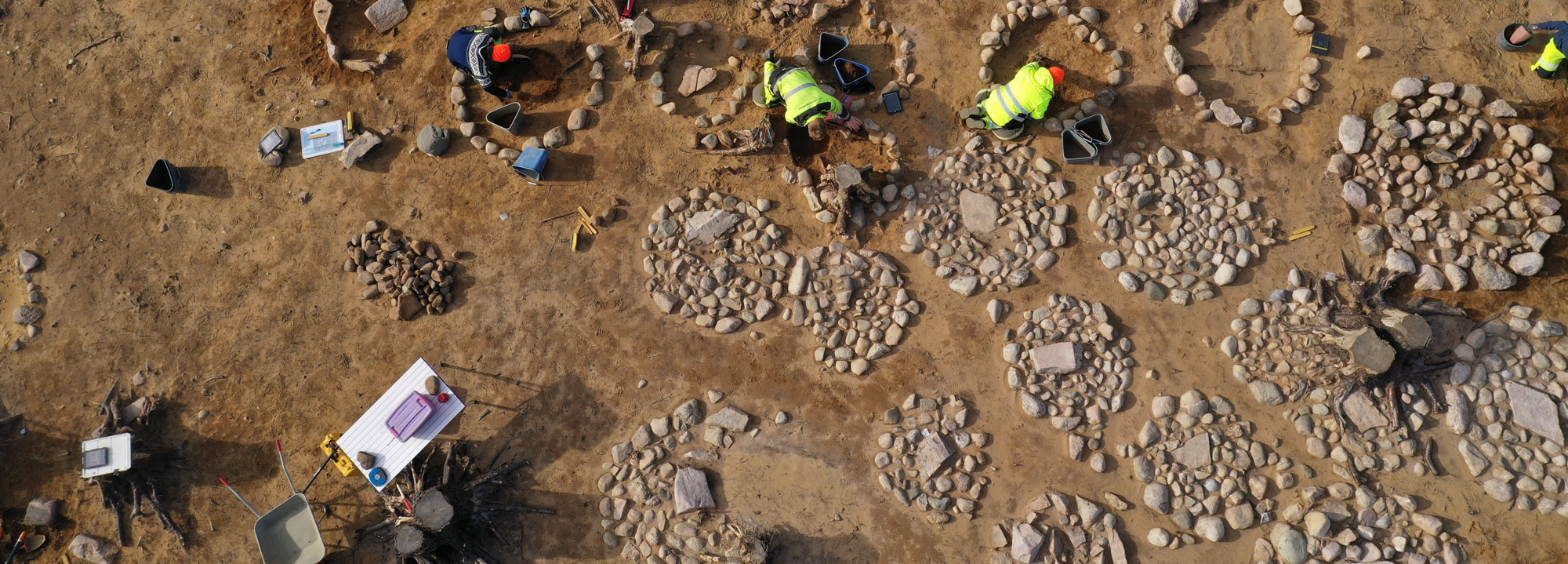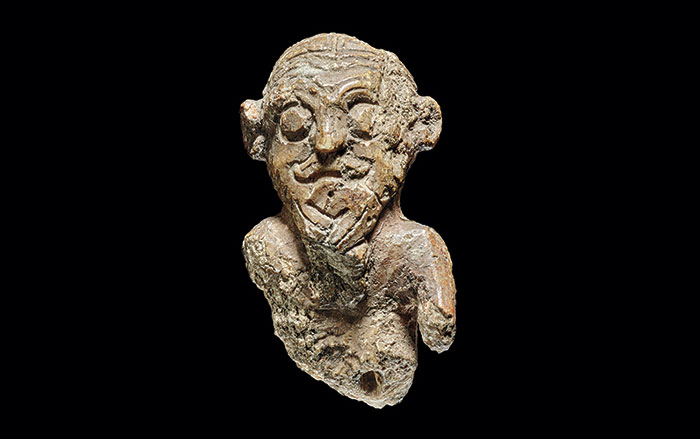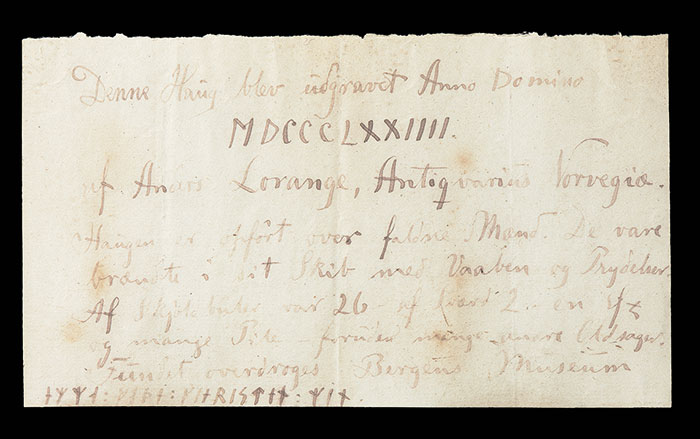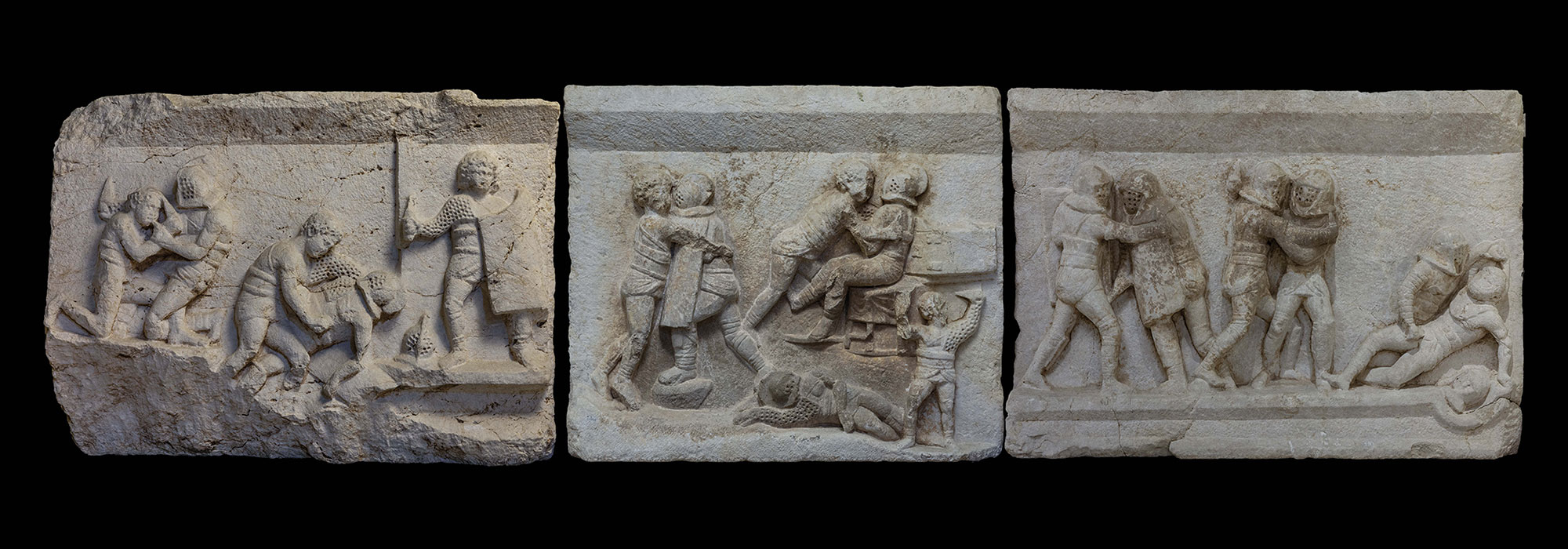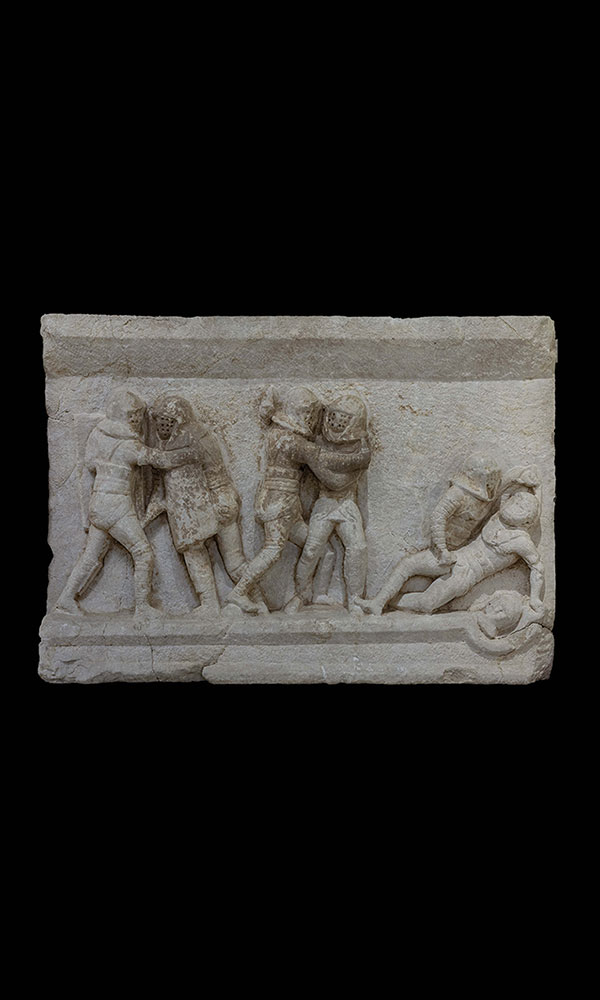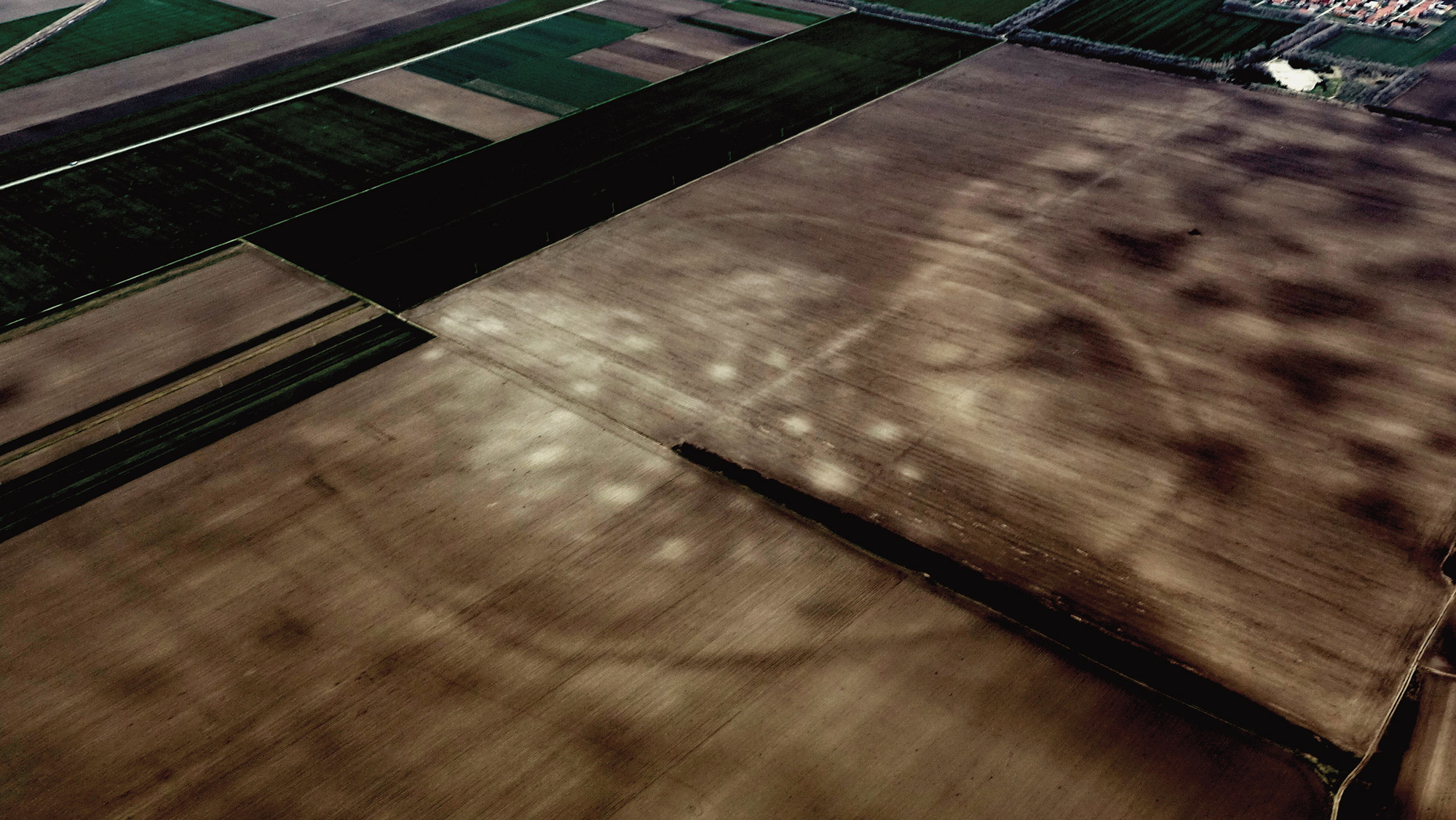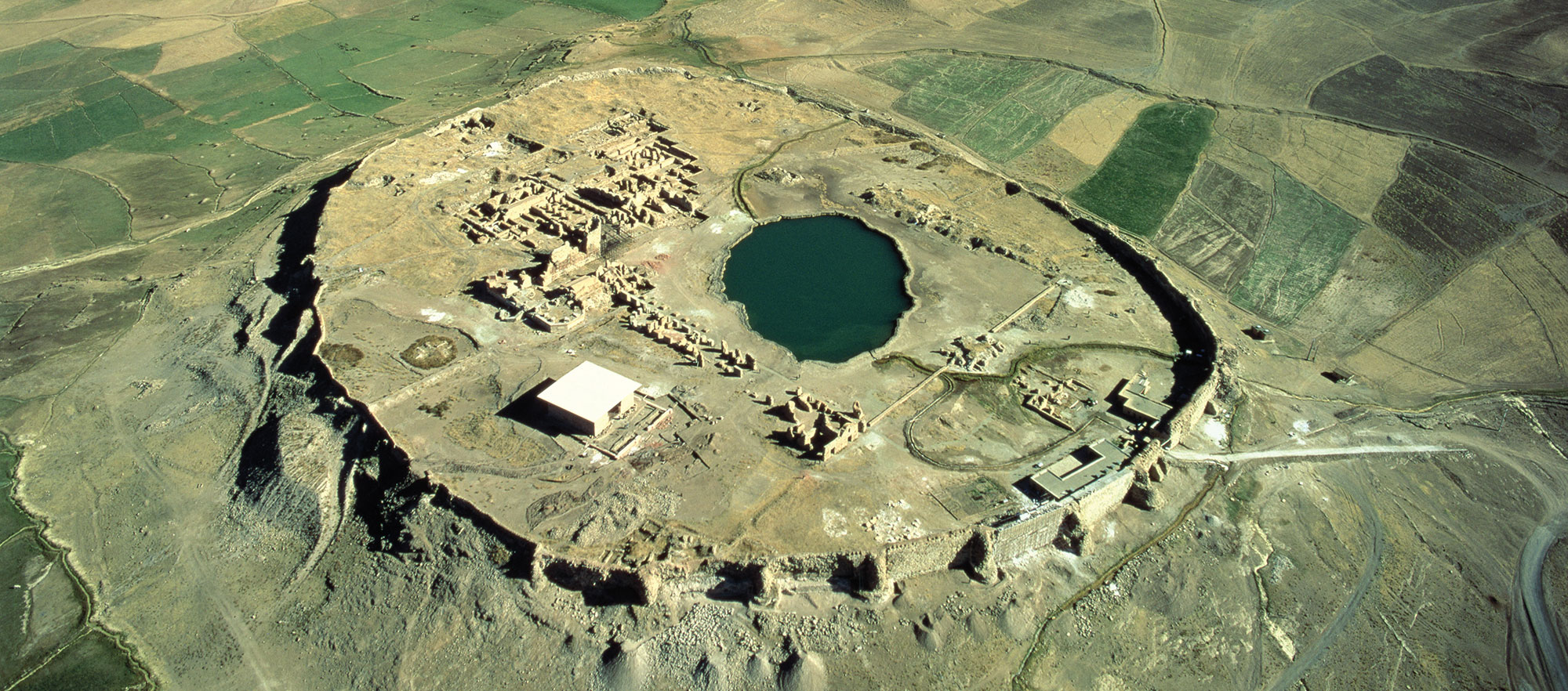Archaeologists have learned that a collection of 42 stone circles recently discovered at a site in southern Norway’s Østfold County marks an unusually large concentration of children’s burials. According to archaeologist Hege Damlien of the University of Oslo, there is a dearth of stones in the area, and those used to create the circles were carefully selected and brought from elsewhere, after which some were cut to achieve a specific shape. In each three- to six-foot-wide arrangement, stones were placed in concentric circles surrounding a large central stone. Under some of the stone circles, excavators uncovered pottery sherds and burned bones.
Researchers determined that nearly all the circles mark graves of children aged three to six, most of whom died between 800 and 400 b.c., based on radiocarbon dating. Two adult burials, as well as cooking pits and fireplaces, were unearthed on the site’s outskirts, indicating that local people may have held ceremonies related to the burials. “At present, we can only guess why the local community chose to bury these children together at this specific place, separately from the rest of their dead,” Damlien says. “It’s still a mystery.”
